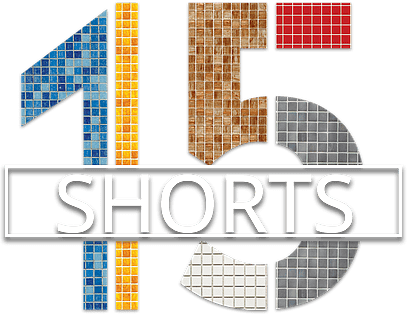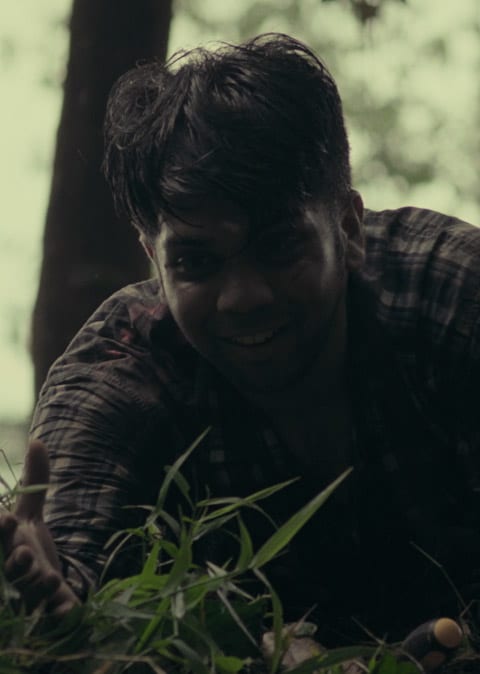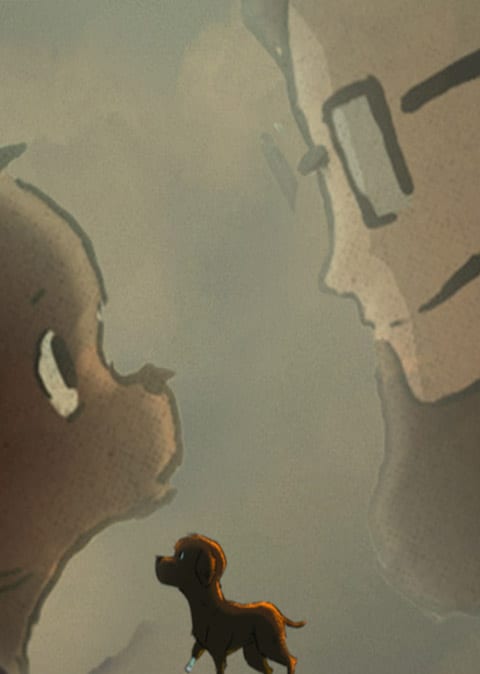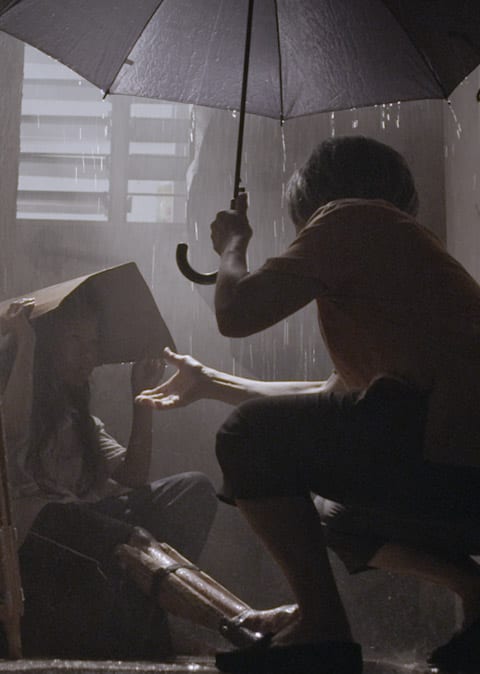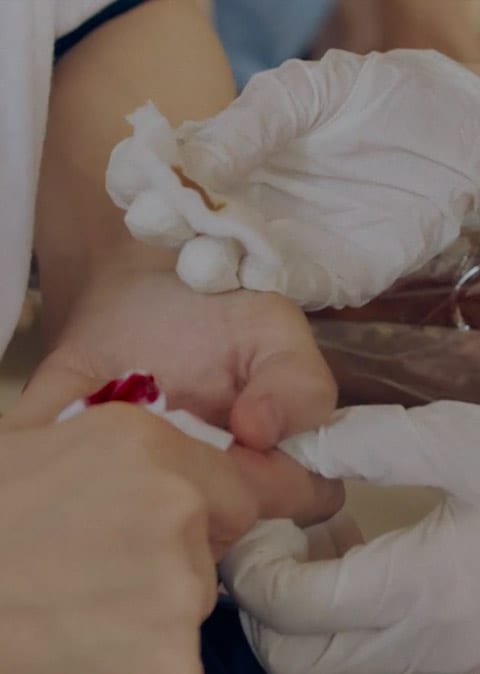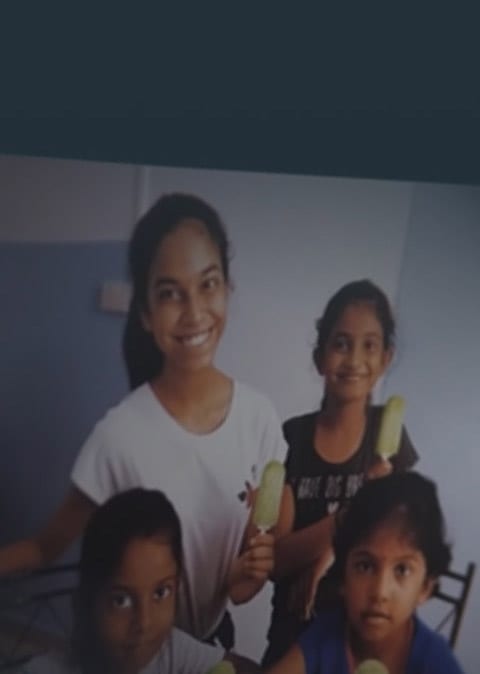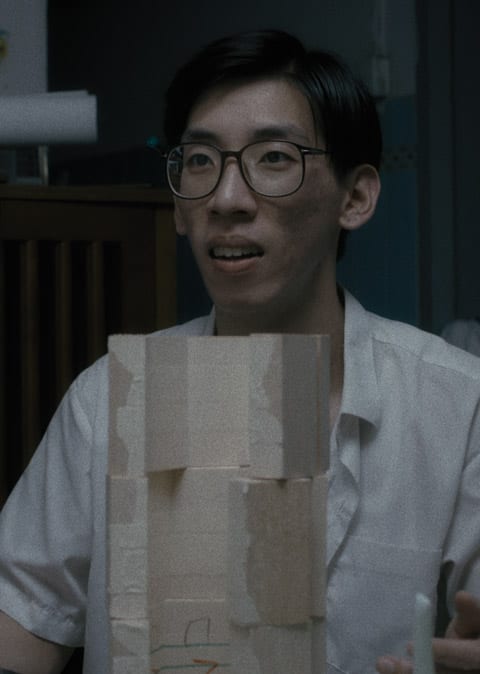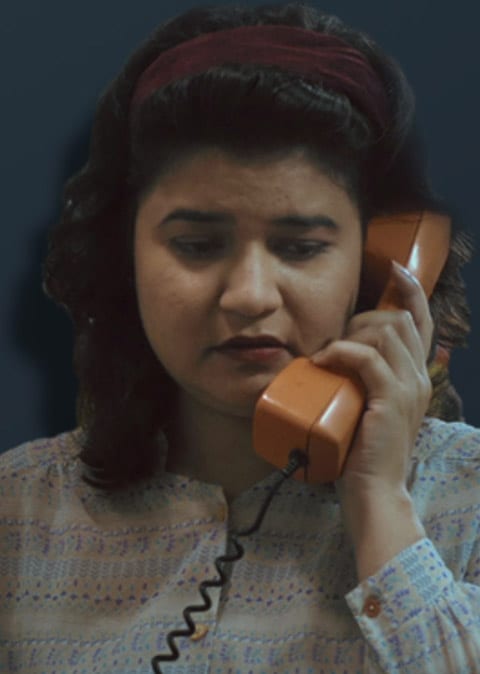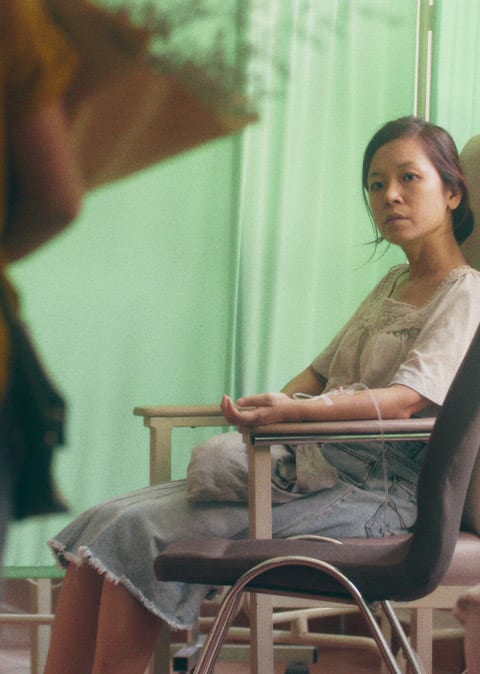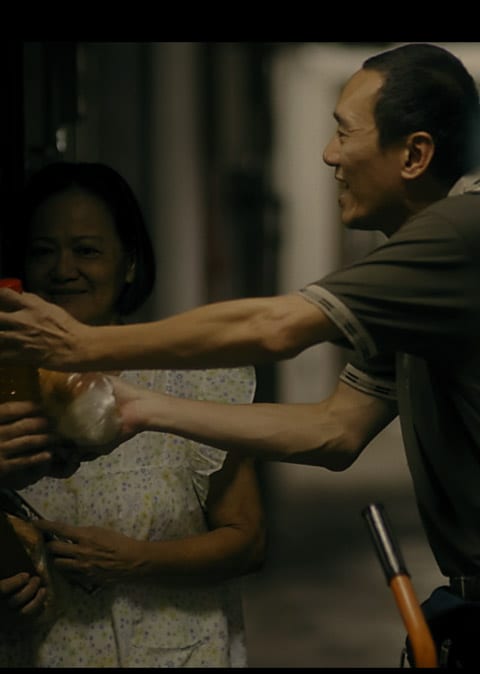As social creatures, most of us inherently desire the support of others to grow and improve ourselves. What better way to do so than being an active member of a community?
Members of strong communities care for and trust one another. As a result, they are able to meaningfully affect and influence one another. They build a common culture based on shared experiences and a common history.
Being in a community builds our identities
Our identities are not self-created or established spontaneously, but rather evolve over time and through various experiences. This means that we cannot build our identity alone. Instead, we rely on the collective identity in a community to help us recognise our own identity.
The concept of looking-glass self tells us that “part of how we see ourselves comes from our perception of how others see us.” Thus, we build our identities as we interact with the people around us. For example, we believe that we have a great sense of humour because people around us often tell us so. Moreover, in observing positive reactions to our jokes, we learn that we are indeed, funny!
Even though we are unique individuals, we tend to see ourselves as representatives of groups that we belong to. We celebrate success stories from our community that make us proud because we feel that we are a part of it.
Professor Andy Ho, a health psychologist, social scientist and educator from Nanyang Technological University, explains it this way: “Oftentimes when we tell stories about ourselves, we don’t just tell our own stories. We tell stories in connection with the communities we live in, whether it’s our friends, country, or the football team we cheer for.”
The emotional and social support that these social ties provide help us cope better with hardship. When we feel that we are supported unconditionally by our network of friends, we tend to cope more effectively with problems. Close friends, for example, can act as a sounding board to help us in our decision-making.
But there will be times where we struggle to find a group of people to build a rapport with—and that’s normal. Nicole K., Founder and Editor of The Tapestry Project, reminds herself and her readers that “it takes time to find our tribe. And if you can’t find one, create one!”
The Tapestry Project is an independent, not-for-profit that supports mental health recovery through firsthand, personal stories. It is run by persons-in-recovery from mental health issues
Nicole invites people she trusts into her network to champion her cause. By creating her own “tribe”, she finds a sense of purpose and belonging among these people whom she sees as her community.
Still, it’s important to establish healthy boundaries
Despite the joy of gaining a shared purpose and a grounding of our identity, we need to set boundaries when we engage with communities. Without mindful limits, we risk getting burnt out, whether as community members or leaders.
Boundaries are personal limits and guidelines that separate our needs and the needs of others. Without boundaries, we struggle to say “no” to things that make us feel uncomfortable or take up too much of our energy.
There are different types of boundaries when it comes to protecting ourselves. In a community, it is vital to set boundaries for our time and energy. Without these, you may feel like you are being required to commit more than you signed up for.
Ming Xiu, the Founder and Executive Director of Campus PSY, points out the importance of setting clear boundaries for himself. “We try not to take it so hard on ourselves. As long as we know that we did the best we can for the person, we let it go because you can only do so much. Certain things are out of control. You want to do good, but is it at the expense of your own health and wellbeing?”
There needs to be a balance between pushing ourselves to do better for our communities and contributing our time at a healthy pace. For example, time boundaries can be established to make sure that we maintain a healthy mental space that balances both work and leisure.
An emotional boundary is another type of boundary that is essential for us to take care of ourselves. It refers to our internal and emotional experience. Sometimes, these boundaries may be pushed when we constantly sacrifice our needs to please others, as community leaders and volunteers may tend to do.
Shuet-Li, Executive Director of Resilience Collective, notes that emotional boundaries might be crossed especially when we are eager to give back to our community.
“Individuals might push themselves a bit too hard because they are passionate about the cause and forget to put themselves first,” she says.
There will be times we feel guilty for not giving more than we can. However, pressuring ourselves beyond our limits will only cause unnecessary stress—and perhaps even resentment towards those who seek our time and contributions. Recognising and expressing our limits ensures that we take care of ourselves before helping others.
By setting aside time for ourselves, we also reserve enough energy to indulge in our passion and interests within the community. By reserving energy for ourselves, we also recharge. After all, we can only give back to others when we give to ourselves, first.
Community is where we find ourselves
We tend to read books, watch videos or look to the people around us to gain inspiration on how to shape ourselves – shaping our likes, dislikes and views on the world. One good place to start is by being part of a supportive community that aligns with your beliefs and values, finding a place where you can comfortably belong.
If you want to find a cause you’re interested in, check out the campaigns and volunteer opportunities at Giving.sg. You might just find “your people”, too—a community of like-minded, passionate friends!
Reflection Questions
- What else can be done in your communities to make them more inclusive?
- Is your community one which actively champions its members?
- As you care for others, do you also take time to care for yourself?
- What improvements can be made to your existing self-care routine? Is everyone in your community encouraged to practice better self-care?
This is part 3 of a three-part series on the link between mental health and community. Read parts 1 and 2 here:
Part 1: The important link between community and mental health
Part 2: Why giving back to community boosts your own mental wellbeing






